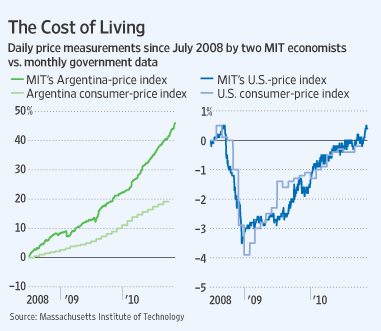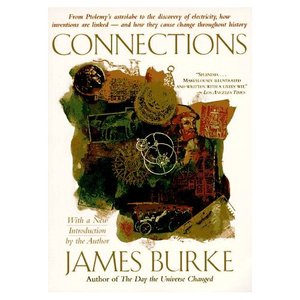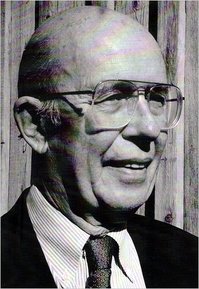 “Will Corcoran pumps gas at Tim’s Westview in Ridgefield Park. Pumping your own gas has been illegal in New Jersey for 61 years.” Source of caption and photo: online version of the WSJ article quoted and cited below.
“Will Corcoran pumps gas at Tim’s Westview in Ridgefield Park. Pumping your own gas has been illegal in New Jersey for 61 years.” Source of caption and photo: online version of the WSJ article quoted and cited below.
(p. A1) RIDGEFIELD PARK, N.J.–People in New Jersey pick their own strawberries. They chop down their own Christmas trees. They check themselves in at airports and check themselves out at supermarkets. Lately, a few New Jerseyans have been wondering whether it isn’t about time they were allowed to pump their own gas.
Pumping your own gas is illegal in New Jersey. It has been for 61 years. It’s also illegal in Oregon, and in the New York town of Huntington, on Long Island. Just about everywhere else, self-serving Americans do it themselves. As paying at the pump gets easier, the gas station attendant is fast going the way of the elevator operator.
Don’t tell Will Corcoran. When you pull into Tim’s Westview, a Gulf station across from the train tracks in this north Jersey town, you’ll sit in your car while he fills your tank.
Under a cold rain one weekday, he stood at the driver’s window of a Chevy, bent over, yakking. He wore blue. His cap had Gulf Oil’s orange disk on it. After his customer signed the credit slip (Tim’s pumps don’t process cards), Mr. Corcoran, 42 years old, shook hands and saluted like a gas jockey in an old commercial.
For the full story, see:
BARRY NEWMAN. “Self-Service Nation Ends at Garden State Gas Pumps; Changing Law May or May Not Lower Prices; ‘New Jersey Is Heaven!’.” The Wall Street Journal (Sat., NOVEMBER 27, 2010): A1 & A14.







